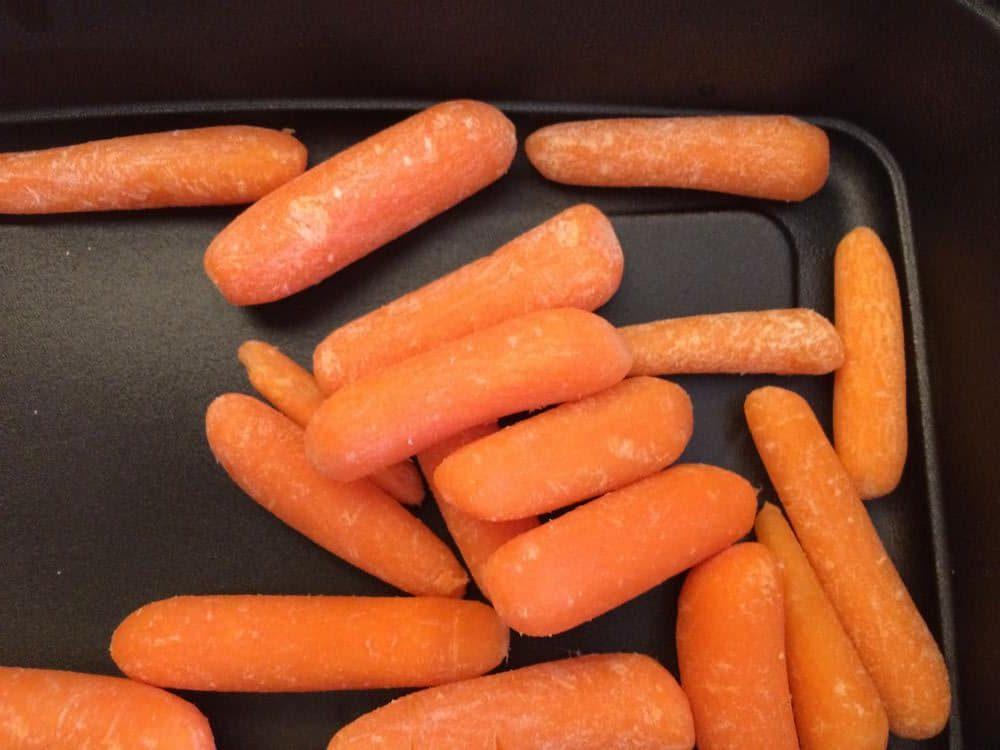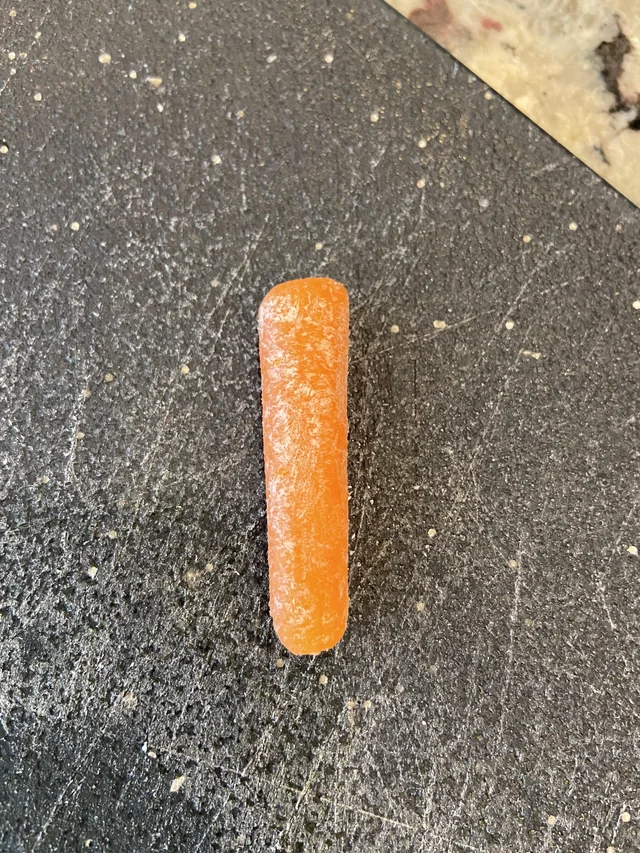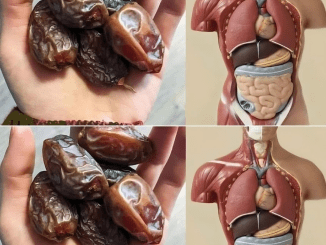Bringing home fresh produce can be both exciting and frustrating—exciting because you have healthy ingredients on hand, but frustrating when those fruits and veggies seem to spoil quicker than expected. One of the most common concerns people have with produce is the appearance of a fuzzy white coating on baby carrots. At first glance, it may look like mold, prompting many of us to toss them out. However, this white coating isn’t what it appears to be.

Source: Eat or Tos
In this article, we’ll dive into what causes that white fuzz on baby carrots, why it happens, and how you can prevent it from ruining your healthy snack.
Understanding Carrot Blush: What Is It?
The fuzzy white coating on baby carrots is commonly referred to as “carrot blush” or “white blush.” While it might look like the first signs of spoilage, rest assured it’s not mold. Instead, it’s simply a sign that your carrots are dehydrated. Carrots, like many fresh vegetables, have a high water content. As they lose water, the surface begins to dry out, and this white blush appears.
Why Do Baby Carrots Develop This White Coating?
Unlike whole carrots, which have a protective outer skin, baby carrots undergo a peeling process that removes this natural barrier. Without the outer skin, baby carrots are more prone to drying out when exposed to air. As moisture evaporates from the carrot, tiny cracks form on the surface, creating the white blush effect.
This is completely natural and doesn’t mean your carrots have gone bad—it’s just a sign that they’re thirsty!
How To Fix Carrot Blush
If your baby carrots are starting to look a little worse for wear with that fuzzy white coating, you don’t need to toss them just yet. The good news is that you can restore moisture to your carrots and bring them back to their fresh state.
Here’s a simple trick to rehydrate baby carrots:
- Soak them in cold water – Submerge the carrots in cold water for about 10-15 minutes. This helps them absorb moisture and regain their crisp texture.
- Dry them off – After soaking, make sure to pat the carrots dry with a paper towel to prevent further dehydration.
- Store them properly – After rehydrating, place the carrots in an airtight container or a zip-top bag to preserve freshness.
While soaking your carrots won’t always make the white blush disappear completely, it will refresh their texture, and they’ll taste just as good as new.
Preventing White Blush on Baby Carrots
To avoid carrot blush from happening in the first place, proper storage is key. Here are some tips to prevent your baby carrots from drying out too soon:

Source: Flickr
- Store in an airtight container: Keeping baby carrots in their original plastic bag isn’t always the best option. Once opened, transfer the carrots to an airtight container or a resealable bag to maintain moisture levels.
- Add a damp paper towel: Including a damp paper towel in the container with your carrots can help retain moisture, preventing them from drying out too quickly.
- Keep refrigerated: Always store your carrots in the fridge, preferably in the crisper drawer where moisture levels are higher. The cooler temperature helps prolong their freshness.
Are Carrots Still Safe to Eat With White Blush?
Yes! Carrot blush doesn’t affect the safety or nutritional value of your carrots. Even if the white coating remains after soaking, your baby carrots are still perfectly safe to eat. As long as they don’t have a slimy texture or any off-putting smells, they’re good to go.
While the white blush might not look as appealing as the vibrant orange color of fresh carrots, it doesn’t change the taste or quality of the vegetable.
Creative Ways to Use Baby Carrots Showing White Blush
If the white blush still bothers you or you’re looking for ways to use up your carrots before they dry out, here are a few creative ways to enjoy them:

1. Roast Them
One of the easiest ways to transform slightly dehydrated carrots is to roast them. Toss them in olive oil, sprinkle with salt, pepper, and your favorite seasonings, then roast at 400°F until golden and tender. Roasted baby carrots make a delicious side dish or addition to salads and grain bowls.
2. Blend Into Soup
Carrots that are starting to look a little past their prime can still make a fantastic base for soups. Chop them up and toss them into your favorite vegetable or lentil soup for a hearty meal. The cooking process will soften the carrots, and any white blush will be completely unnoticeable.
3. Add Them to Stir-Fries
Baby carrots, even with white blush, work well in stir-fries. Slice them thinly and sauté them with other vegetables like bell peppers, onions, and broccoli. The high heat of the stir-fry will revive their texture, and they’ll absorb all the delicious flavors of your sauce.
Conclusion: Don’t Waste Baby Carrots Due to White Blush
The next time you see a fuzzy white coating on your baby carrots, remember it’s not a sign they’ve gone bad. Carrot blush is simply a result of dehydration and can be easily fixed with a cold-water soak. Proper storage and handling can prevent this from happening, but even if it does, your carrots are still safe and delicious to eat.
By rehydrating your baby carrots and using creative cooking techniques, you can ensure none of your produce goes to waste. So, instead of tossing them, give your carrots a second chance and enjoy the crisp, healthy snack they’re meant to be!


